Author: Z.R. Dmochowski
Publisher: Ethnographica; National Commission for Museums and Monuments
Publication Date: 1990
Format: Hardcover
Pages: 152
ISBN-10: 0905788281
ISBN-13: 978-0905788289
Language: English
Overview
“An Introduction to Nigerian Traditional Architecture: South-Eastern Nigeria: The Igbo-speaking People” by Z.R. Dmochowski is a comprehensive study that explores the traditional architectural styles and practices of the Igbo people in South-Eastern Nigeria. This book is part of a three-volume series that covers different regions of Nigeria, providing an in-depth look at the vernacular architecture and its cultural significance.
About the Author
Zbigniew R. Dmochowski (1906-1982) was a Polish architect and ethnographer who dedicated much of his career to studying and documenting traditional Nigerian architecture. Born in Poland, Dmochowski moved to Nigeria in the mid-20th century, where he became deeply involved in the preservation and study of indigenous architectural practices. His work is renowned for its meticulous detail and comprehensive coverage of Nigerian vernacular architecture.
Content Summary
- Architectural Styles: The book examines various architectural styles found among the Igbo-speaking people, highlighting the unique features and construction techniques that define their traditional buildings.
- Cultural Context: Dmochowski explores the cultural and social significance of architecture in Igbo society, discussing how buildings reflect and reinforce social structures, beliefs, and practices.
- Construction Techniques: Detailed descriptions of traditional construction methods are provided.
- Illustrations and Diagrams: The book is richly illustrated with photographs, diagrams, and architectural drawings that help readers visualize the structures and understand their construction.
Strengths
- Comprehensive Coverage: Provides an in-depth look at the traditional architecture of the Igbo-speaking people, supported by extensive fieldwork and research.
- Rich Illustrations: The book includes numerous photographs and diagrams that enhance the reader’s understanding of the architectural styles and techniques.
- Cultural Insight: Offers valuable insights into the cultural and social contexts of Igbo architecture, highlighting its significance within the community.
Challenges
- Availability: The book is currently out of print and difficult to find, which limits its accessibility to readers.
- Technical Detail: While the book provides detailed descriptions, some readers may find the technical language challenging without a background in architecture.
Conclusion
“An Introduction to Nigerian Traditional Architecture: South-Eastern Nigeria: The Igbo-speaking People” is a valuable resource for anyone interested in the traditional architecture and cultural heritage of the Igbo people. Dmochowski’s detailed ethnographic work offers a comprehensive understanding of the architectural styles and construction techniques that define this region. Despite its limited availability, the book remains an important contribution to the study of Nigerian and African architecture.
Personal Reflection
From my perspective, this book is an insightful and well-researched work that provides a deep understanding of Igbo architectural practices. Dmochowski’s documentation and analysis offer valuable insights into the cultural and social significance of traditional buildings. Its detailed content makes it a valuable addition to any collection on African architecture.
⭐⭐⭐⭐☆ (4/5) – A must-read for those interested in traditional architecture and Igbo culture, though its limited availability may be a challenge for some.
Discover more from Igbo Archives
Subscribe to get the latest posts sent to your email.

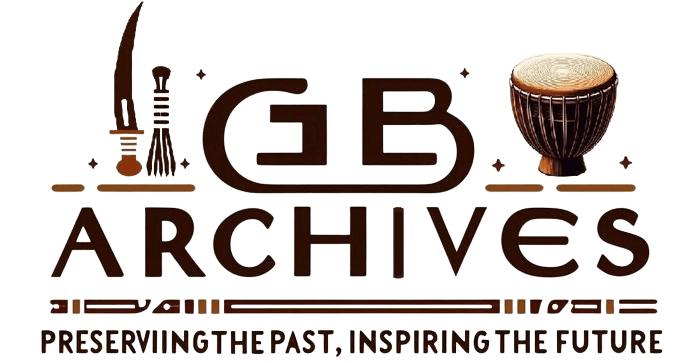
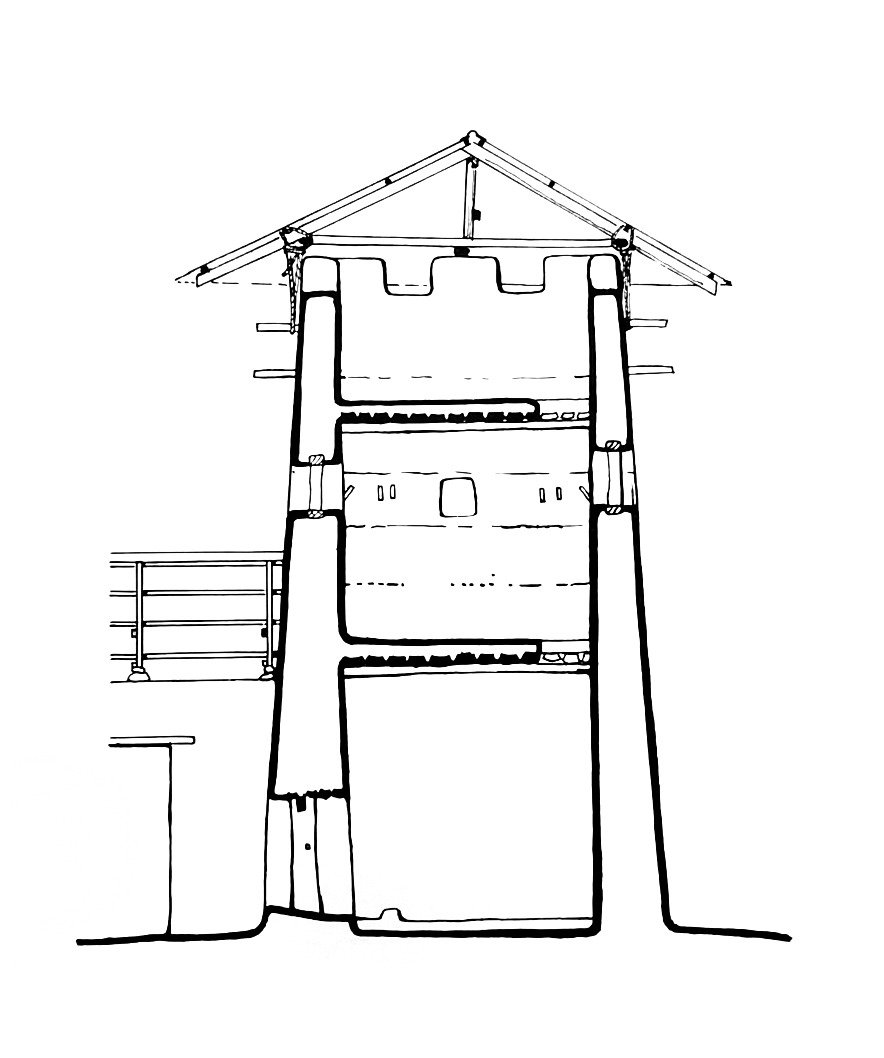

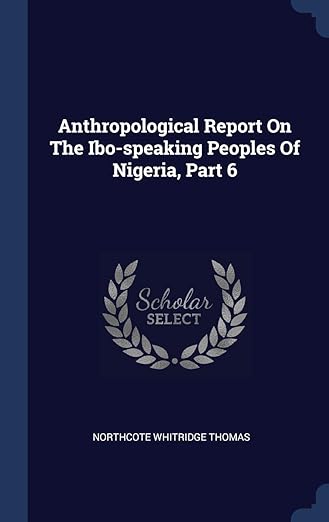
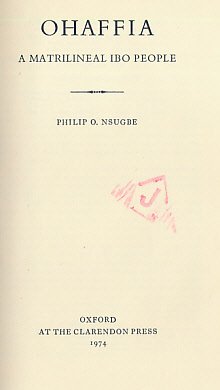
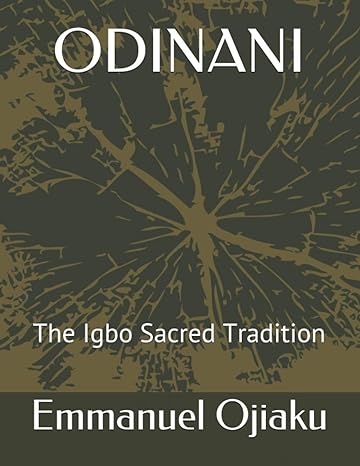
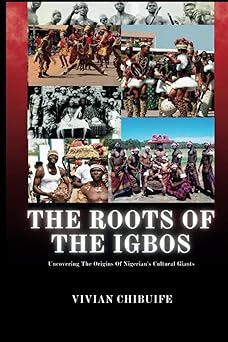
Good evening,
i never knew something about the igbo culture existed, please can i get a copy of this book: An Introduction to Nigerian Traditional Architecture: South-Eastern Nigeria: The Igbo-speaking People by Z.R. Dmochowski, to assist me in my postgraduate dessertation.
Good morning. You can access the book on JSTOR here: https://www.jstor.org/stable/3337181. If you’re affiliated with a university, just log in through your library to read or download it. Best of luck with your dissertation!